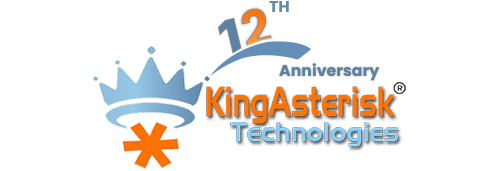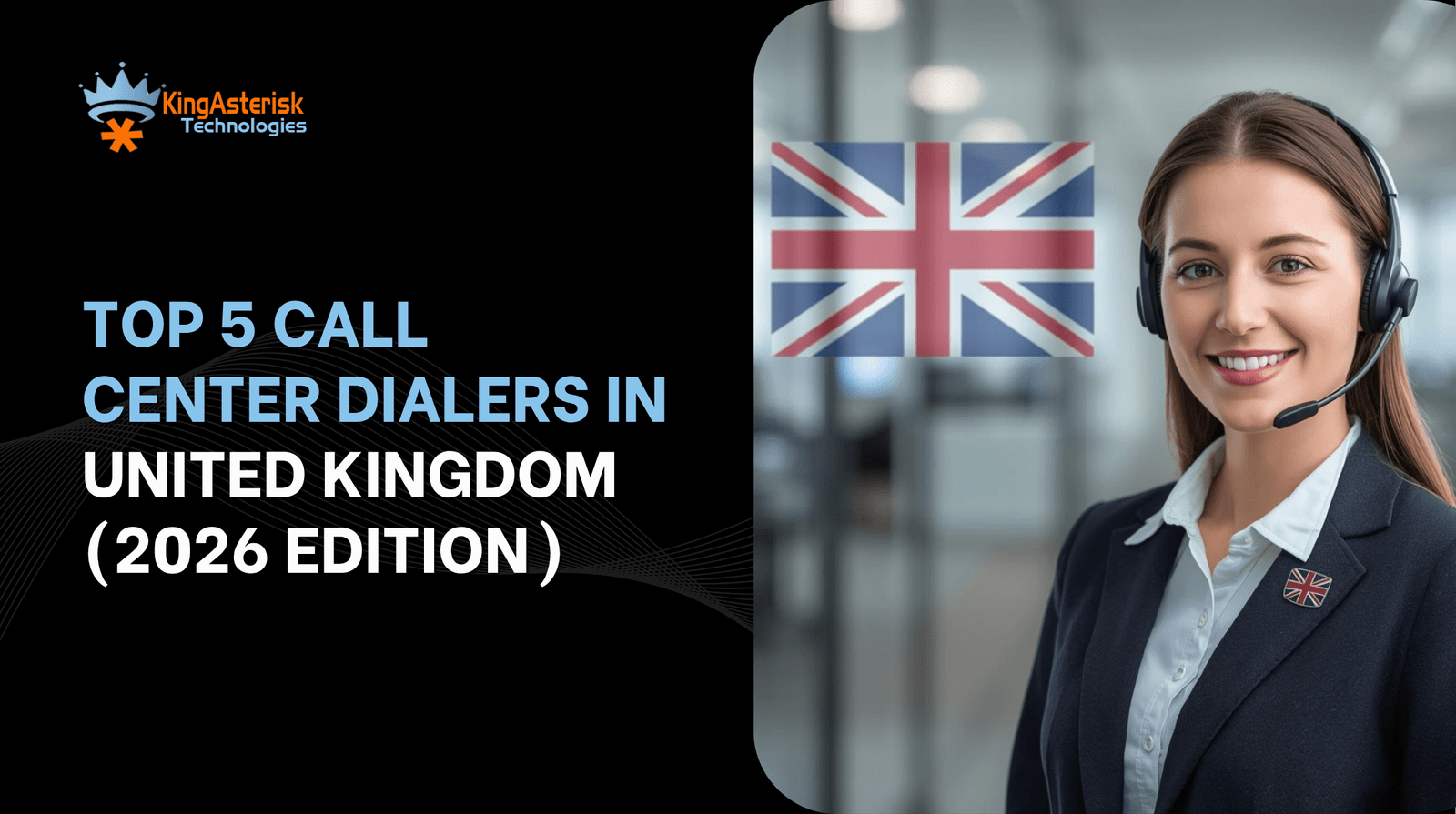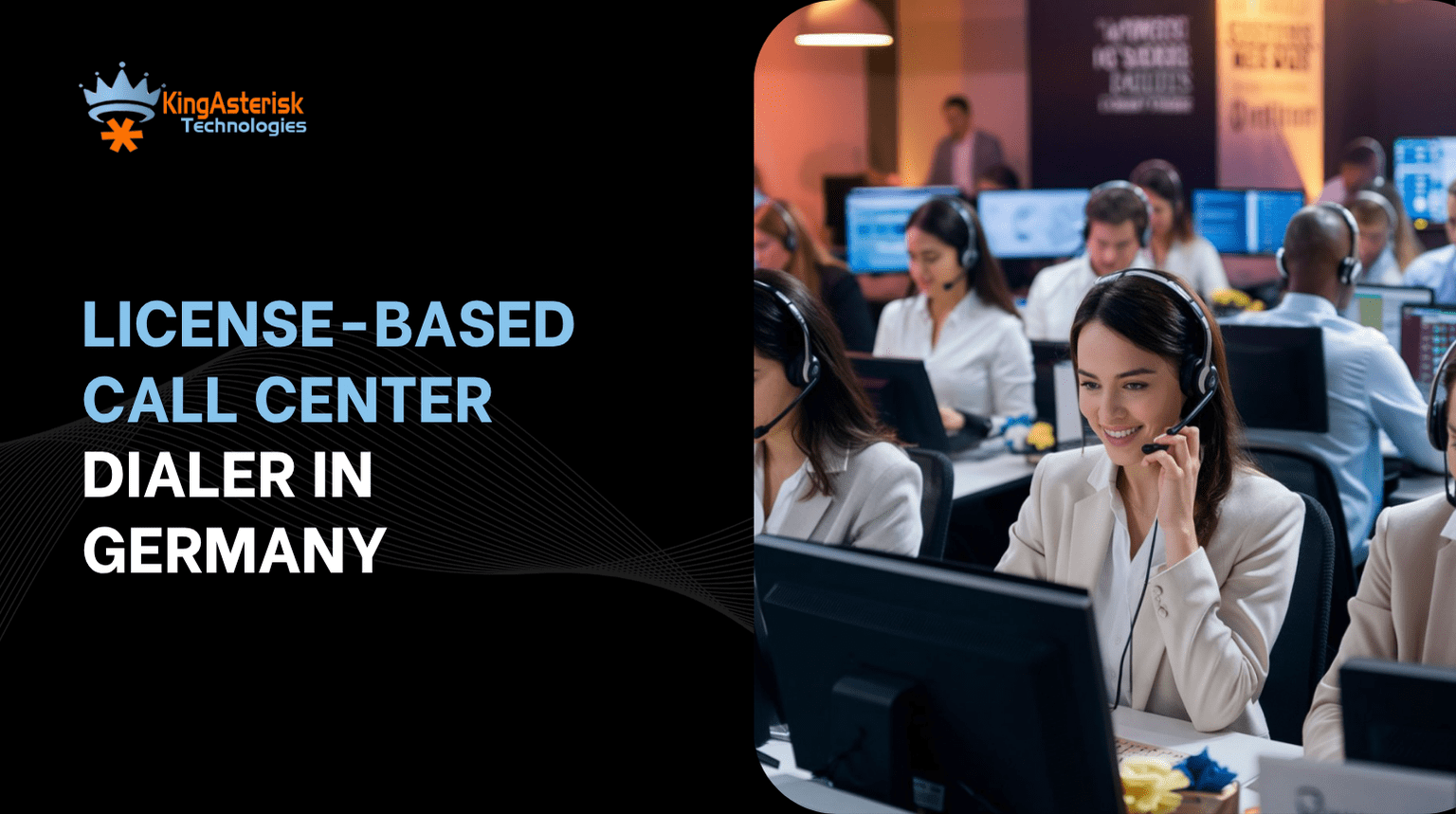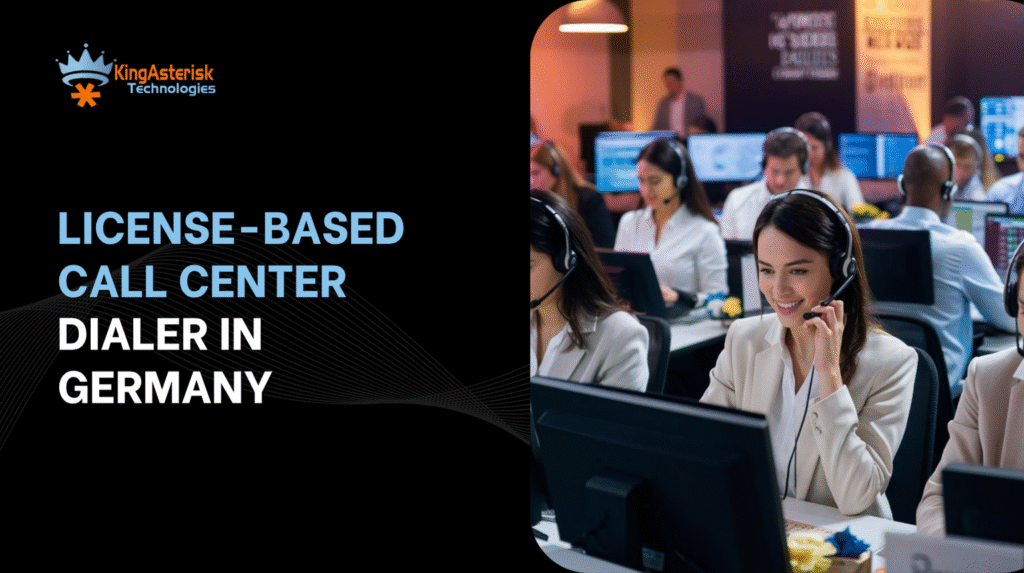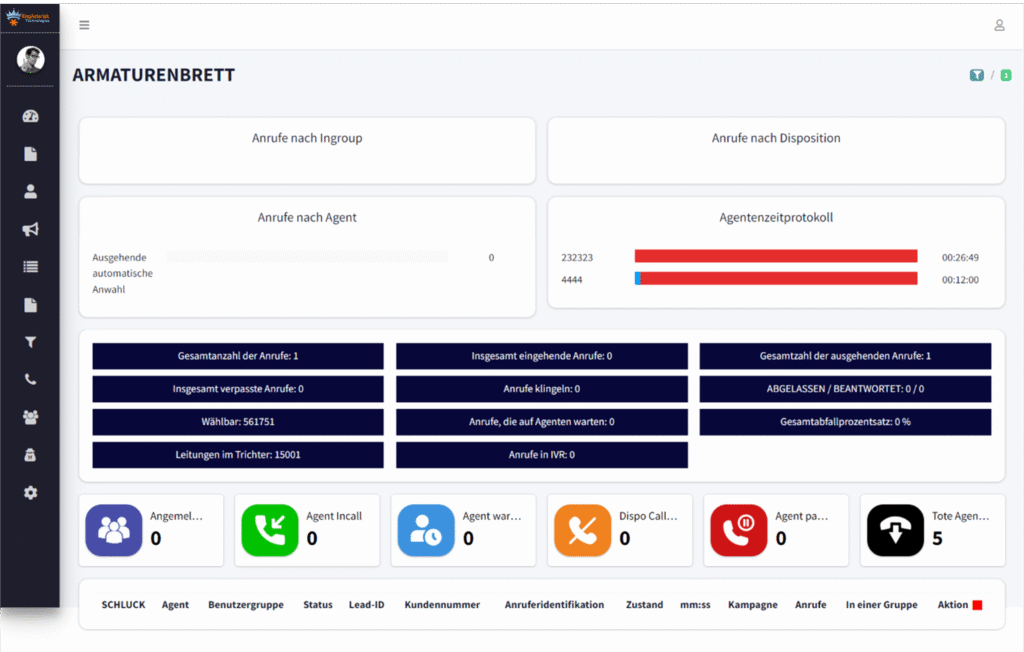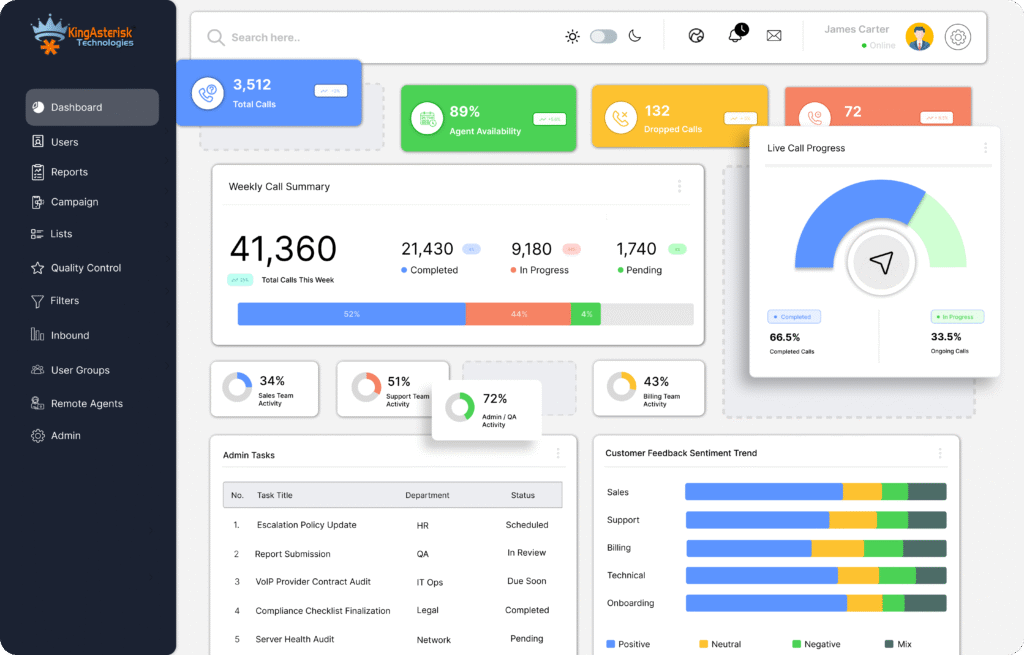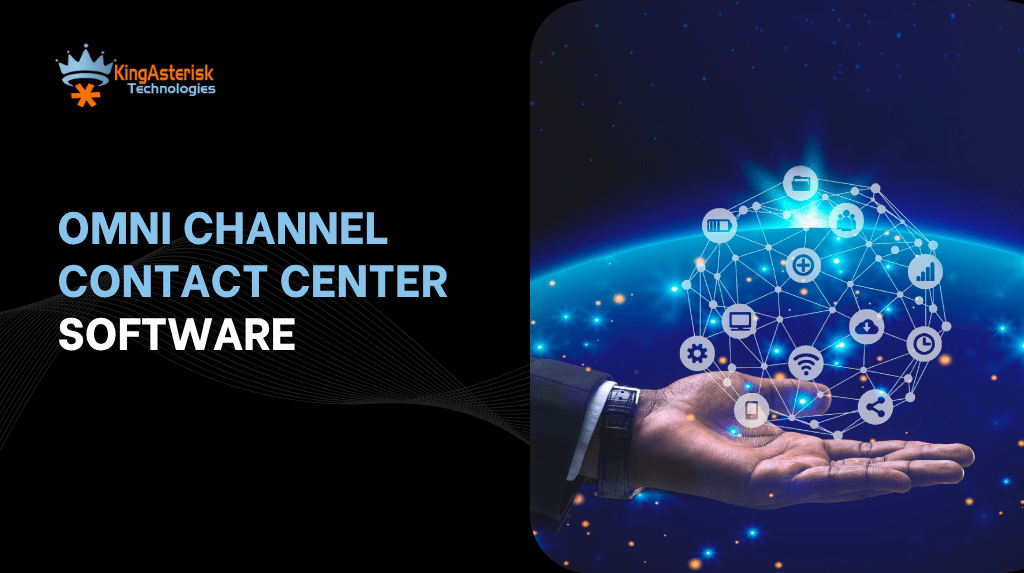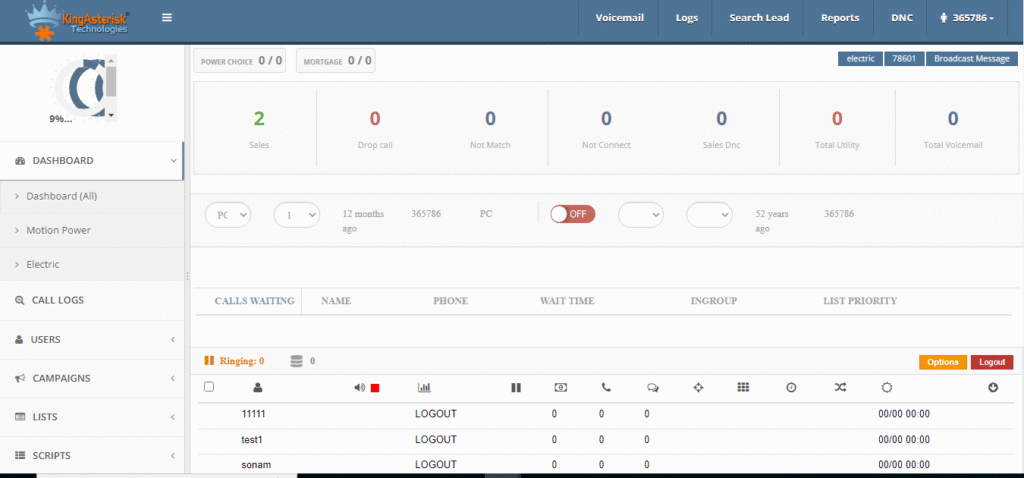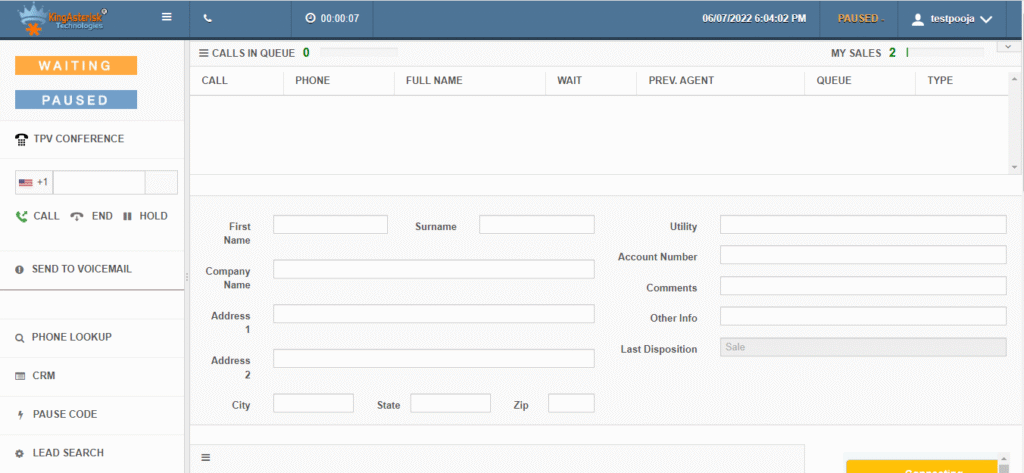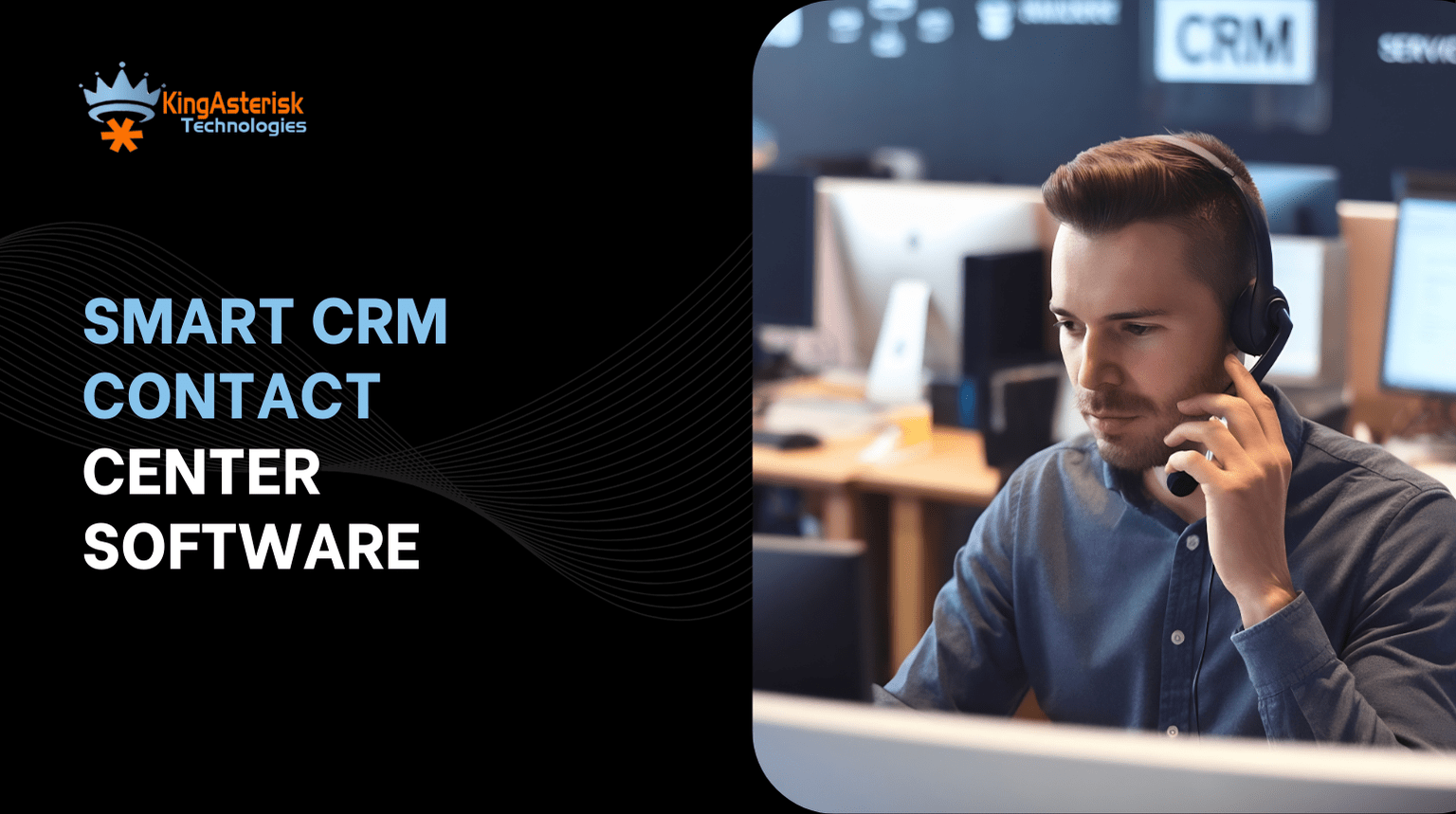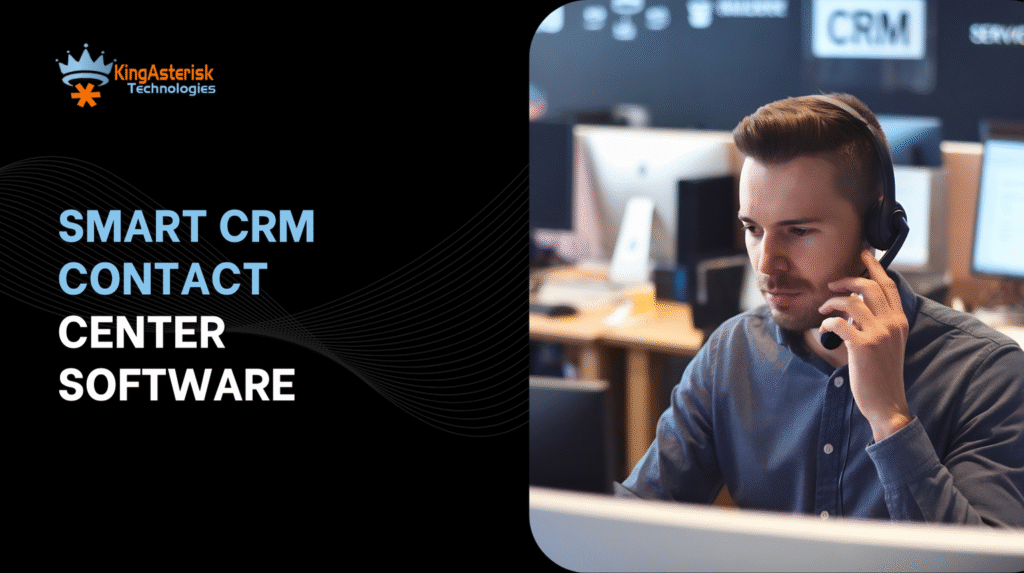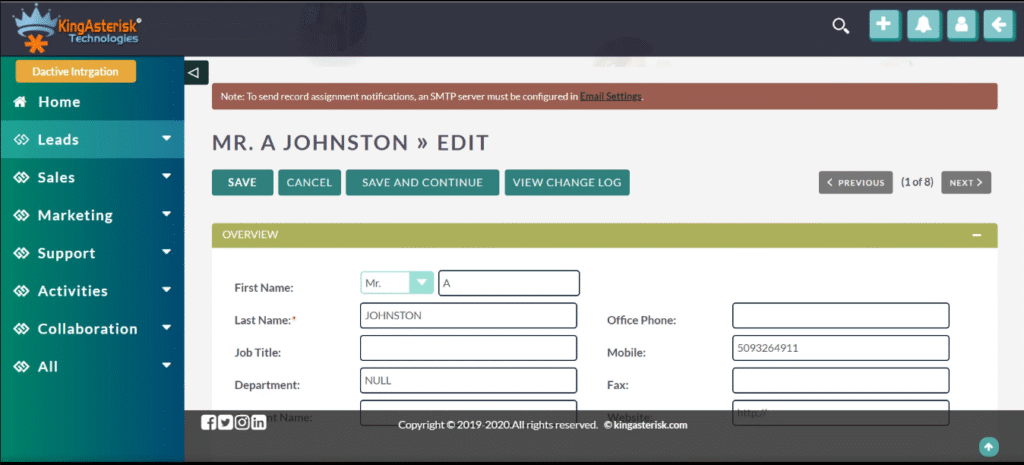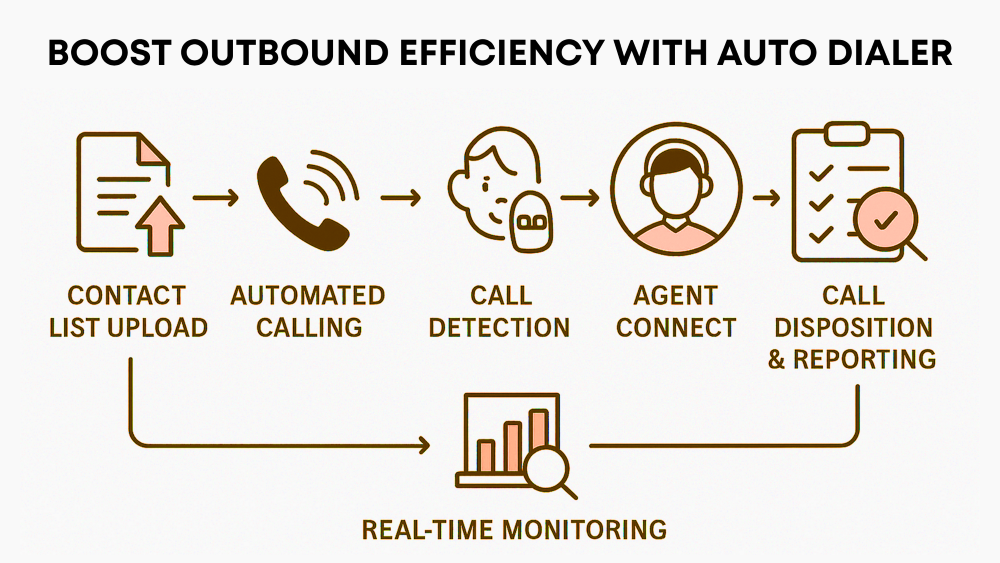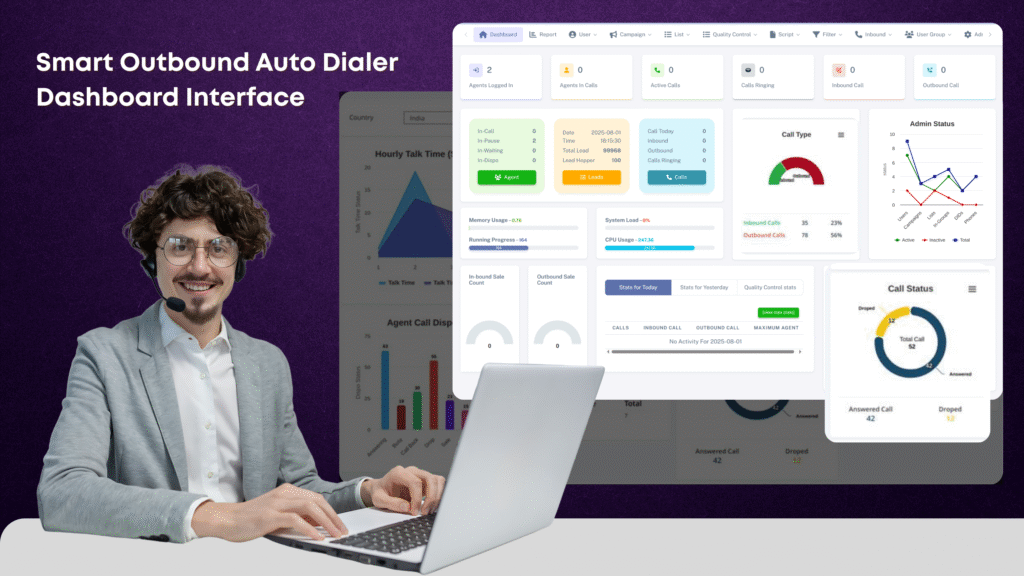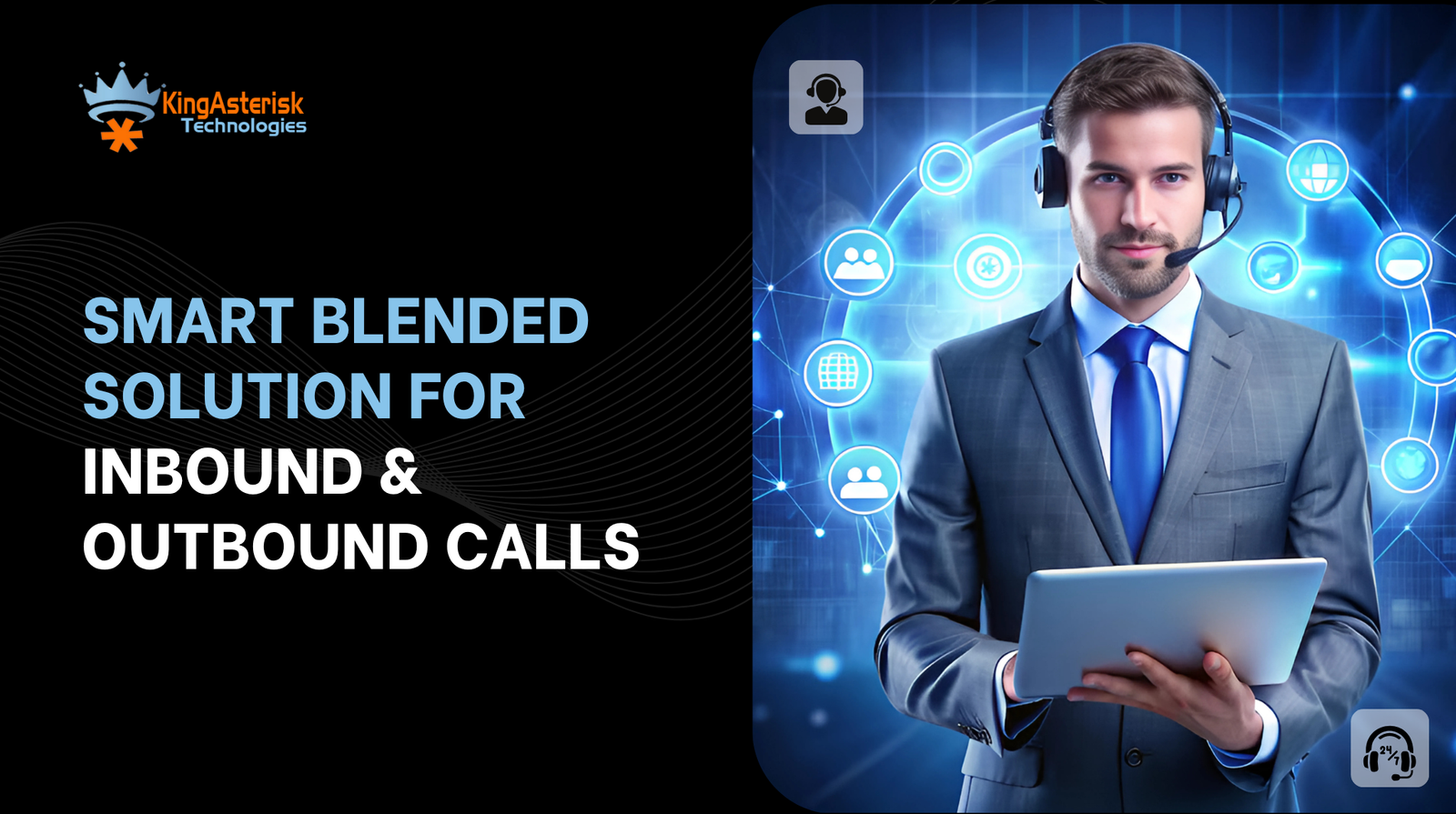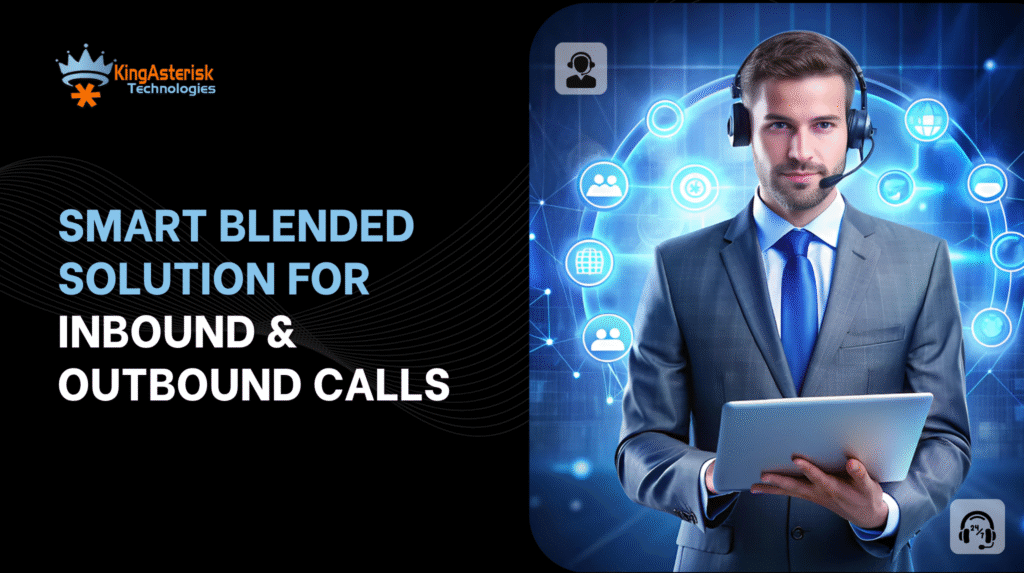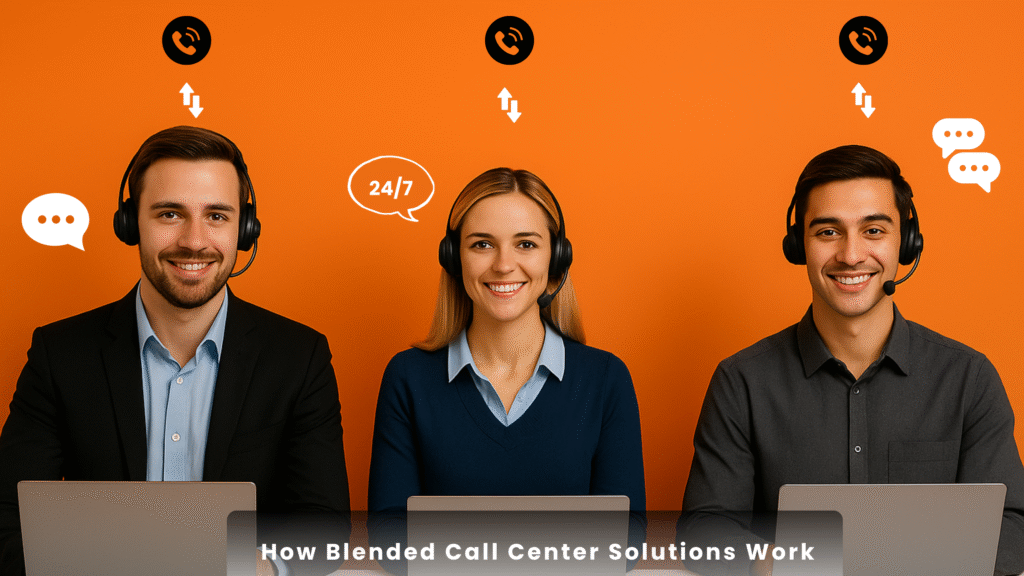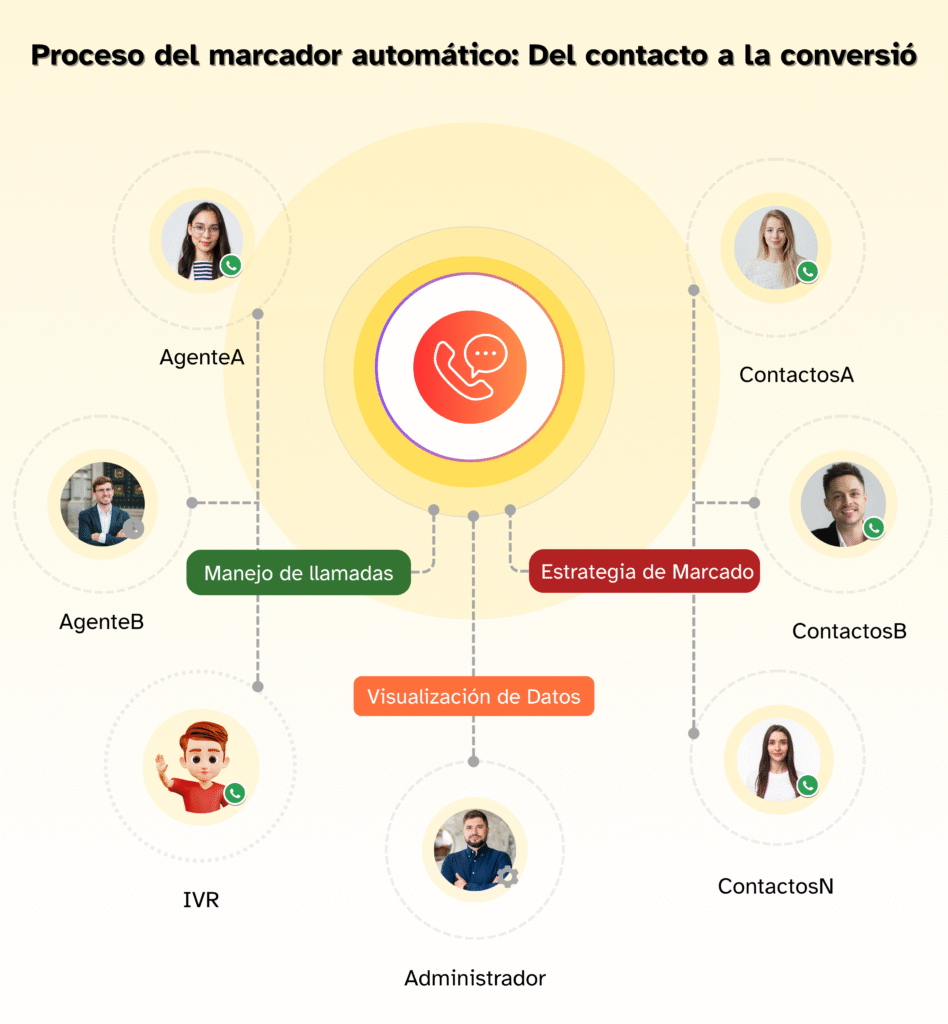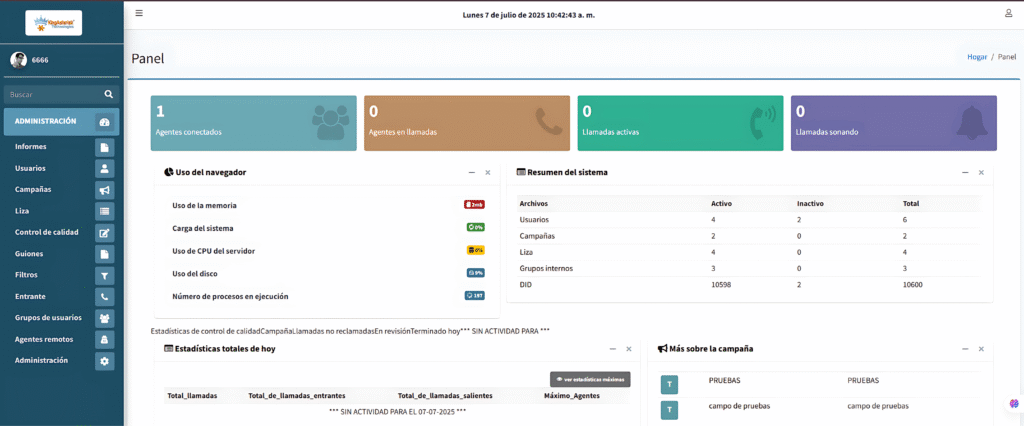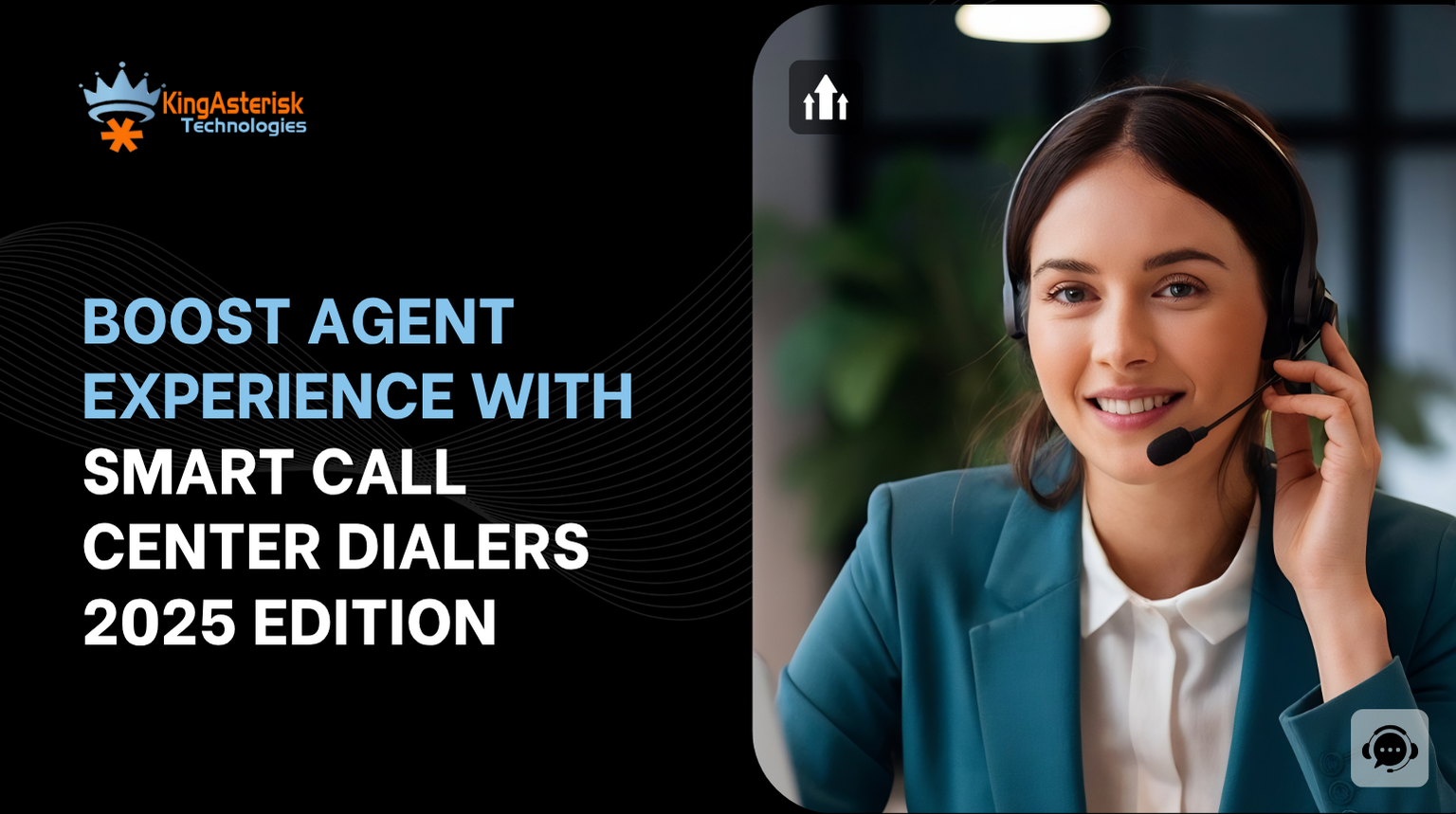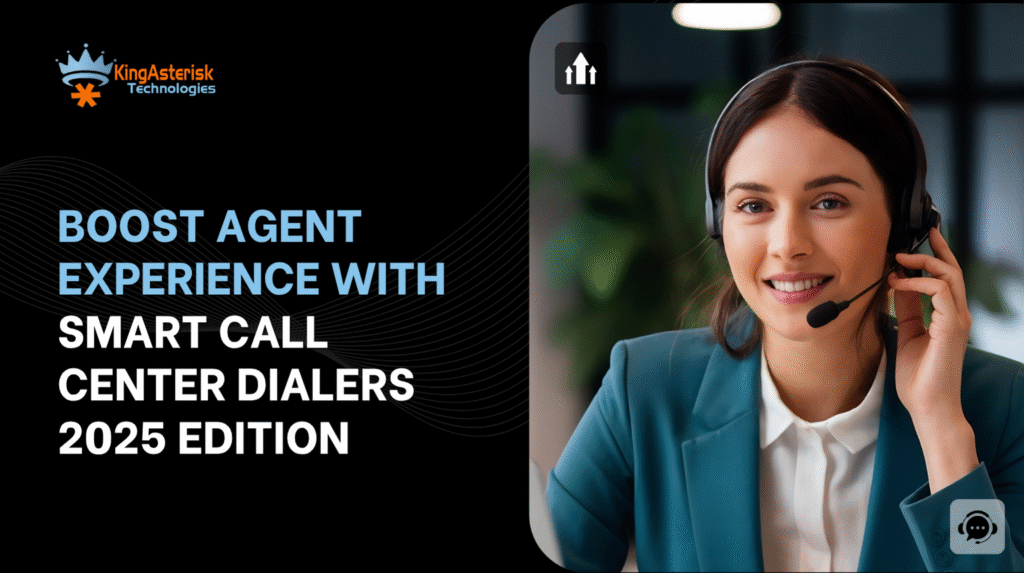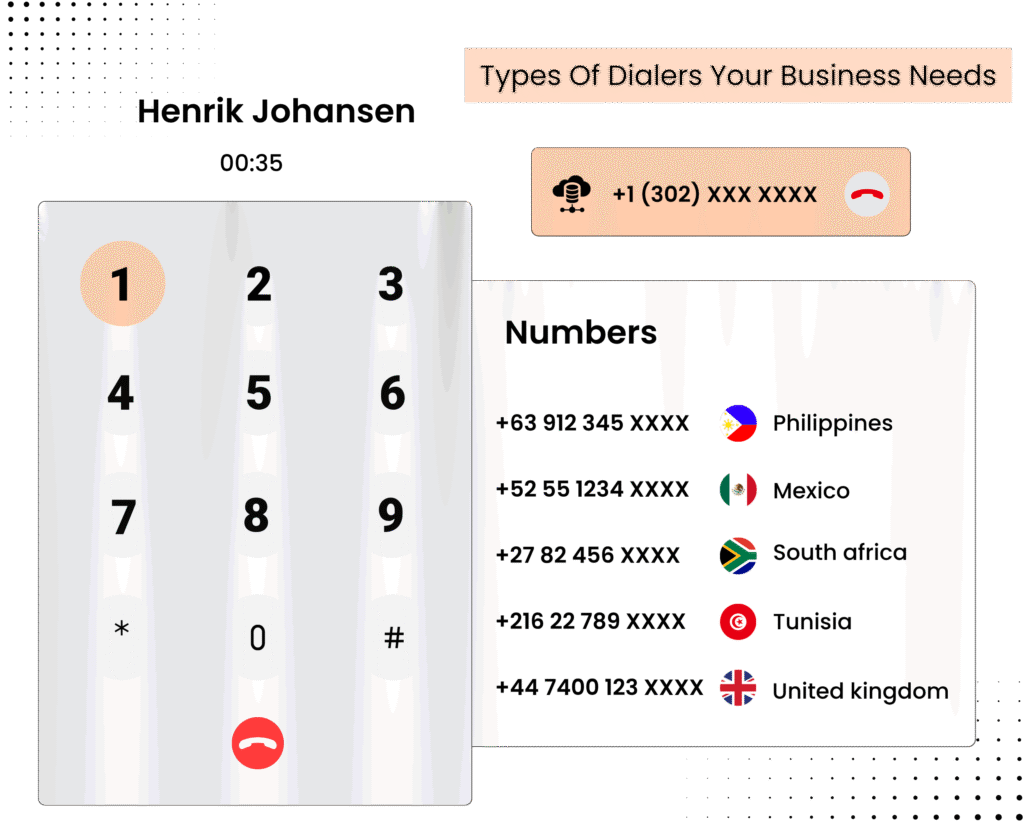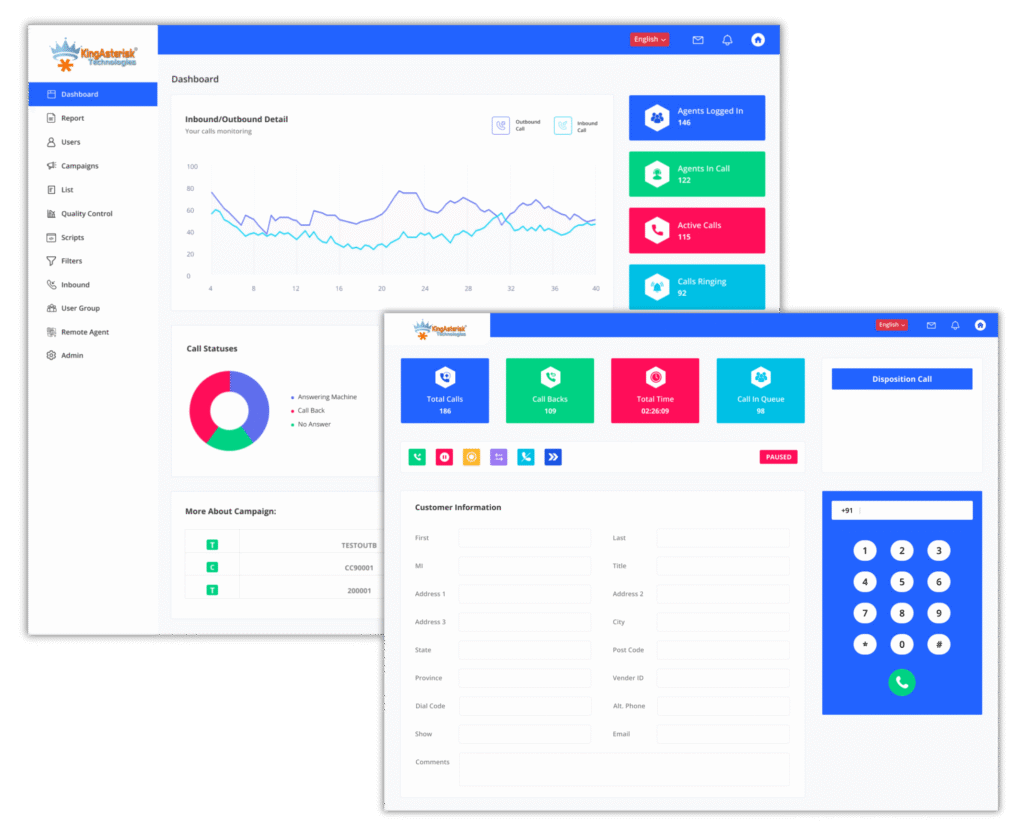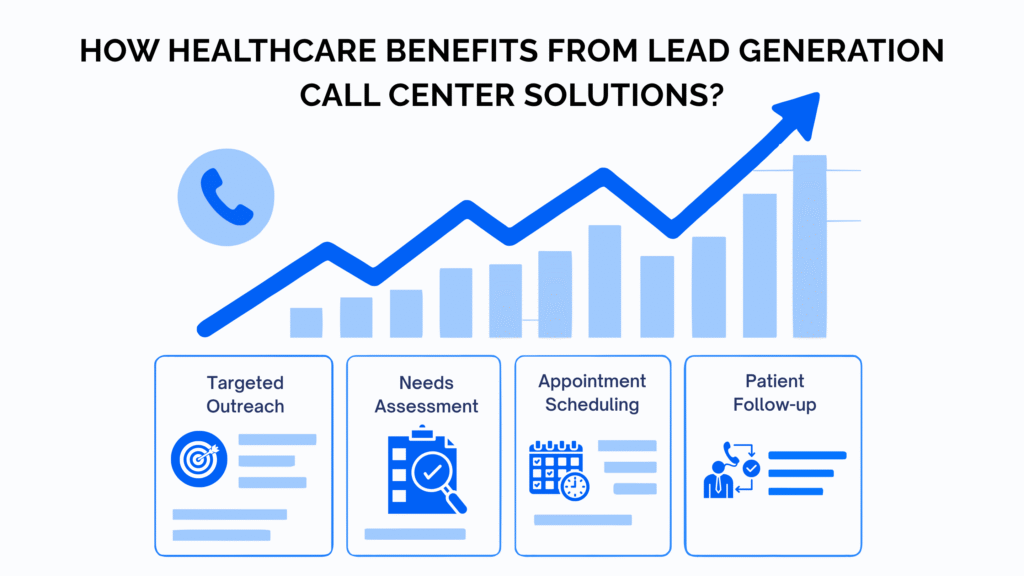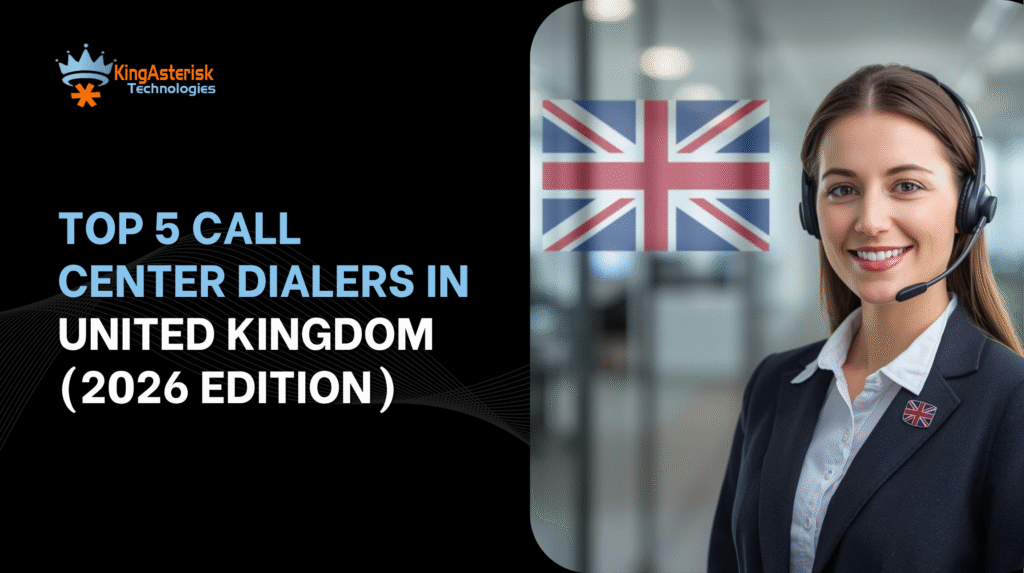
So here we are, breaking down the Top 5 Call Center Dialers in the United Kingdom. I started writing this blog after a funny conversation with a friend in London. He runs a fintech company and said, “Bro, customers call like crazy. My team cries more than the phone rings.”
I laughed. Then I asked what dialer solution he uses.
He said, “A dialer? What dialer? My team does manual calling.”
I almost spilled my coffee.
Manual calling in 2026?
In the United Kingdom?
Inside a competitive market where customers switch brands if the call rings one second late?
That moment hit me hard.
If you run a business in the UK, or anywhere globally, and you want faster outreach, better conversions, and smoother customer journeys, this guide will help.
Let’s begin.
Why the “Top 5 Call Center Dialers in the United Kingdom” Matter More Than Ever in 2026
Phone outreach looks simple from the outside.
One call goes out.
Someone answers.
Agent talks.
Done.
But the actual world? A whole different beast.
In 2026: Customer expectations increase by 40% (UK Research Data). People don’t want long wait times. Businesses in the UK lose £3.1 billion yearly due to slow outbound processes. Especially in industries like finance, healthcare, and eCommerce. AI-driven dialing increases customer connection rates by 65%. UK call centers now rely heavily on AI-based routing and sentiment analytics.
So the Top 5 Call Center Dialers in the United Kingdom are not just tools. They’re lifelines. If you run a call center in Manchester, a sales office in Leeds, a support team in Glasgow, or a healthcare hotline in Birmingham — you need fast dialing, smart routing, and analytics that feel like magic.
But here’s the twist…
You asked not to take any company names.
So I’ll use Dialer A to Dialer E, compare them, and explain how KingAsterisk Technology fits into this modern landscape.
Let’s dive deeper.
The Top 5 Call Center Dialers in the United Kingdom (2026 Edition)
This is the core section where we explore the Top 5 Call Center Dialers in the United Kingdom, how they work, and which type of business each dialer supports.
Dialer A — The High-Speed Predictive Powerhouse
Dialer A always attracts attention because it works like that hyperactive friend who finishes your sentences before you even start. It predicts when the agent finishes a call and dials the next number seconds before.
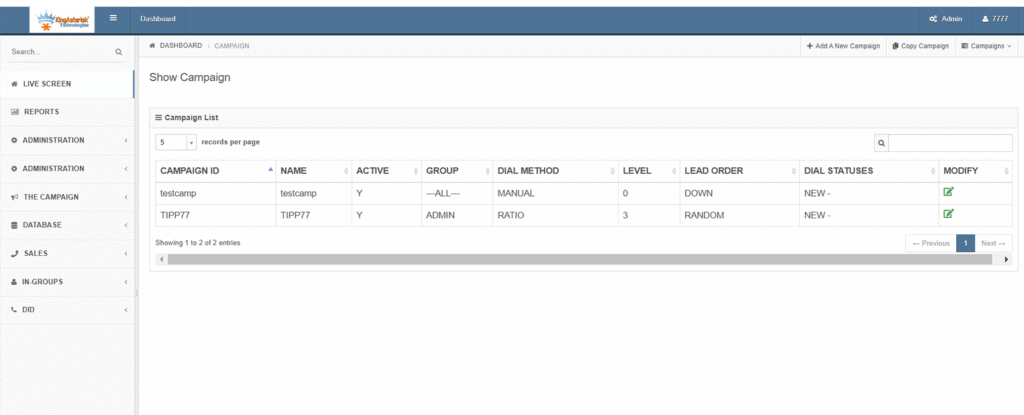
Why Dialer A works in UK markets
UK businesses love time efficiency. Industries like real estate in London, education in Birmingham, and insurance in Manchester use predictive dialing to increase agent talk time.
Predictive dialing can increase how much work your agents get done by a massive 230% over traditional, manual calling. It’s the ideal tool for:
- Big calling teams
- Starting conversations (cold calling)
- Sifting through potential clients (lead qualification)
- Outbound projects that require huge volumes of calls
Where KingAsterisk comes into picture. KingAsterisk deploys predictive dialers with custom logic, local UK number mapping, AI-based lead scoring, and CRM fusion.
Dialer B — The Intelligent Avatar Dialer
The Intelligent Avatar Dialer acts like the smart kid in class, the one who always has answers before the teacher finishes the question. The system is designed to direct incoming calls effectively, figure out when customers are most likely to pick up, flag the highest-value sales opportunities, read the tone of the customer, and increase your revenue conversion rate.
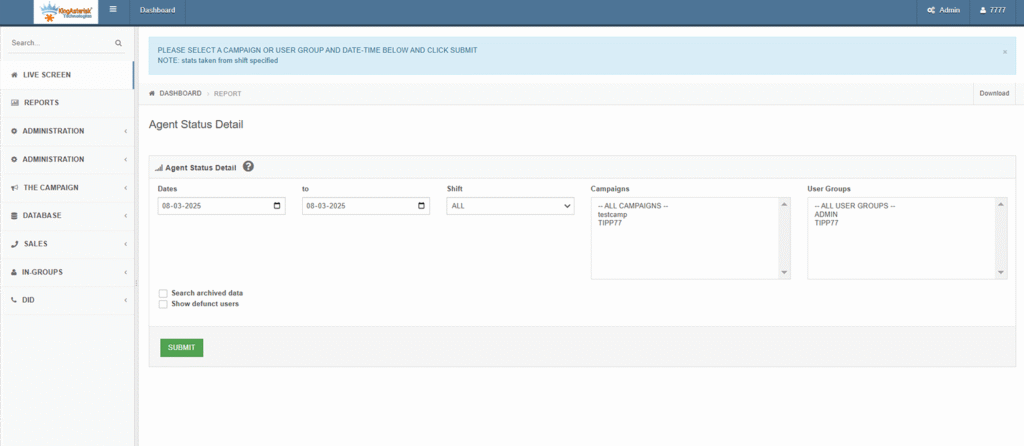
Voice Dialers for business
Voice Dialer is everywhere, from London retail brands to healthcare centers in Bristol. It fits perfectly in the UK’s fast-paced customer service culture. Customers expect personalized experiences.
Best for:
- Fintech
- Healthcare
- Retail
- Telecom
- B2B SaaS
KingAsterisk integrates conversational modules with smart routing and real-time sentiment tagging.
Dialer C — The Omnichannel Communication Engine
The Omnichannel Communication Engine doesn’t just call. It chats, emails, WhatsApps, and even sends social inbox alerts. It’s like having an employee who never sleeps and communicates in every language.
Cities like Leicester, Glasgow, Edinburgh, Belfast, Reading, Nottingham use Omnichannel centers because customers prefer mixed communication.
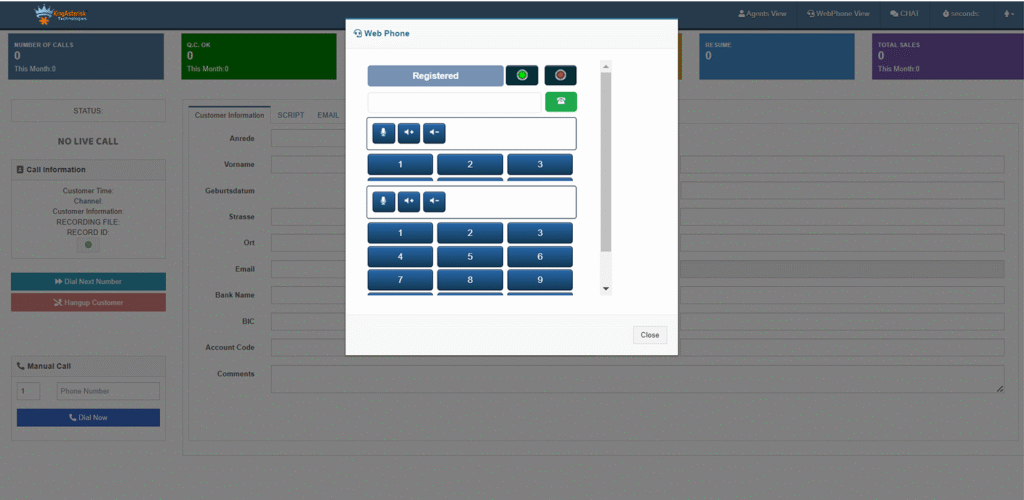
2025 Consumer Behavior Insight
Studies show UK customers use 3.2 communication channels before buying.
Best for:
- eCommerce
- Delivery services
- Hospitality
- Digital education
- Telemedicine
KingAsterisk connects omnichannel routing with automated workflows and real-time supervision dashboards.
Dialer D — The Blended Call Center Solution
The Blended Call Center Solution handles both inbound and outbound like a pro. It’s great when your business handles orders, queries, complaints, and follow-ups. UK service brands rely heavily on blended systems. Perfect for places like:
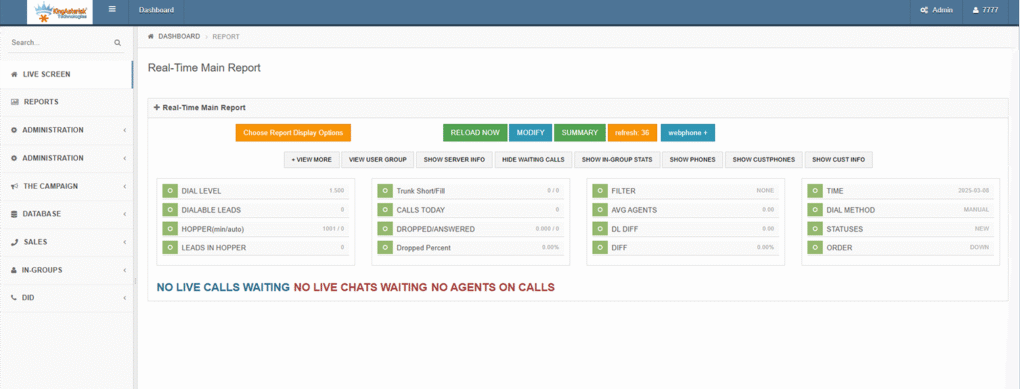
- London service offices
- Manchester local businesses
- Leeds eCommerce hubs
- Glasgow BPO companies
Best for:
- Inbound support + outbound sales
- Order tracking
- Appointment confirmations
- Customer feedback
KingAsterisk uses blended dialers with queue logic, skill-based routing, local DID mapping, and analytics.
Dialer E — The Data-Driven Analytical Dialer
The Data-Driven Analytical Dialer is for businesses that treat data like gold. It analyses customer behavior, call patterns, agent performance, conversion timing, and campaign cost — all in one view. The UK has one of the strongest data-driven cultures. London and Manchester enterprises use BI dashboards daily.
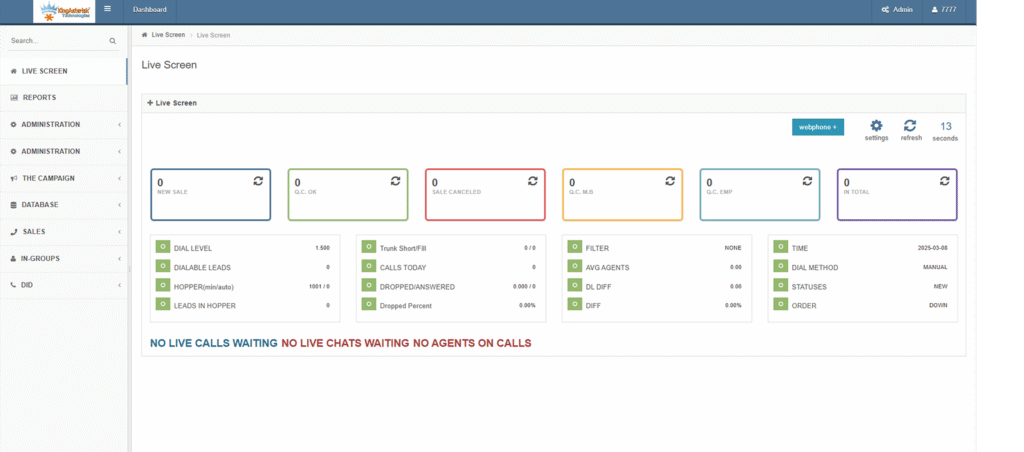
Key Insight (UK Tech Market 2025)
Data-optimized dialing increases sales conversions by 37%.
Best for:
- Consultants
- SaaS companies
- Financial advisors
- High-value B2B teams
KingAsterisk builds advanced dashboards with conversion tracking, agent scoring, IVR mapping, and customer behavior clustering.
What Makes KingAsterisk Technology Different in This Dialer-Driven World?
I won’t brag. But I’ll say this, KingAsterisk doesn’t just “sell” call center solutions. KingAsterisk builds custom systems for:
- UK BPO companies
- Healthcare providers
- eCommerce stores
- Delivery networks
- Service agencies
- Insurance companies
- Fintech startups
- Global call centers
- AI-driven support teams
We help businesses in the UK, USA, UAE, Canada, Australia, Germany, and more than 70 other countries grow their customer engagement with modern communication tools. Our team builds systems that feel fast, simple, and powerful for every industry, whether it’s a call center in London, a support desk in Dubai, a sales team in Toronto, or a remote service crew in Sydney.
We offer everything a modern contact center needs: predictive dialers that boost agent speed, AI dialers that understand customer behavior, multi-language IVRs that guide callers smoothly, and call tracking systems that capture every detail in real time.
We also create analytics dashboards that tell your entire story with numbers, omnichannel platforms that connect calls, chats, WhatsApp, SMS, and email, and CRM integrations that keep every agent in sync.
Everything fits together like a clean, simple system that feels effortless for both your agents and your customers.
Frequently Asked Questions
Q1. Which dialer works best for UK businesses in 2026?
The best option depends on your needs. Predictive dialers suit outbound teams. AI dialers suit sales teams. Omnichannel dialers help eCommerce brands. Data-driven dialers support financial advisors.
Q2. What is the cost of call center dialers in the UK?
Prices vary based on features. Predictive and blended systems usually cost more because they include advanced routing and analytics.
Q3. Are Dialers replacing human agents?
Not at all. Dialers support agents. Humans handle conversations. Dialers simply increase speed and reduce repetitive tasks.
The UK Needs Smarter, Faster, High-Performance Dialers
The Top 5 Call Center Dialers in the United Kingdom — Dialer A, B, C, D, and E — cover every business need. From predictive to omnichannel, each tool helps companies connect faster and serve customers better.
And KingAsterisk Technology stands right beside businesses in London, Manchester, Birmingham, Edinburgh, Glasgow, and everywhere across the UK with advanced contact center solutions.
If you want custom dialers or omnichannel support, KingAsterisk builds everything from scratch.



